Quaid-e-Azam Residency
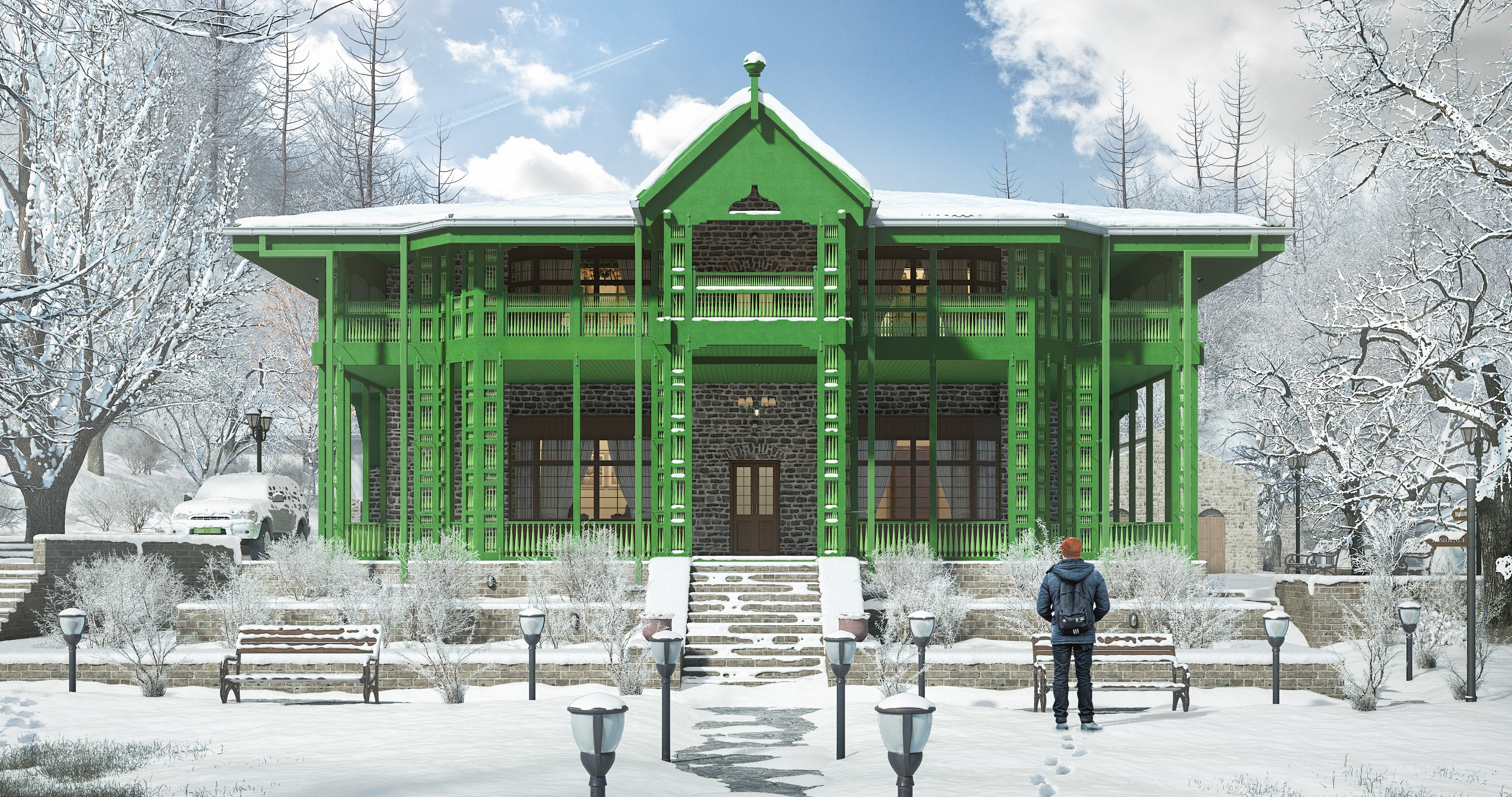
Introduction
Quaid-e-Azam Residency is a historic national monument located in Ziarat, Balochistan, Pakistan. Surrounded by pine forests and hills, it served as the summer residence of Muhammad Ali Jinnah, the founder of Pakistan, and is now a preserved heritage site.
Historical Background
The residency was originally constructed in 1892 during the British Raj as a sanatorium and was later converted into the official summer retreat for important political figures. Muhammad Ali Jinnah stayed here in 1948 during his final days due to health reasons, giving it national significance.
Architecture and Features
- Structure: The building is made primarily of wood with a distinctive colonial-era architectural style featuring wide verandas, sloped roofs, and white-painted exterior walls.
- Interior: Inside, the rooms are preserved to reflect the time Jinnah spent there, including his bedroom, study, and personal belongings.
- Surroundings: The residency is nestled among serene pine forests and maintained gardens, enhancing its historical charm.
Cultural Significance
The Quaid-e-Azam Residency is a powerful symbol of Pakistan's independence movement. It is a site of national pride and reverence, visited by citizens to pay tribute to the country's founding father.
Preservation Efforts
After being damaged by a terrorist attack in 2013, the residency was quickly restored by the government and reopened in 2014. It is now under protection as a national heritage site.
Quick Facts
- Built: 1892
- Location: Ziarat, Balochistan, Pakistan
- Architectural Style: Colonial wooden architecture
- Famous Resident: Quaid-e-Azam Muhammad Ali Jinnah
- Status: National Monument
Image Gallery
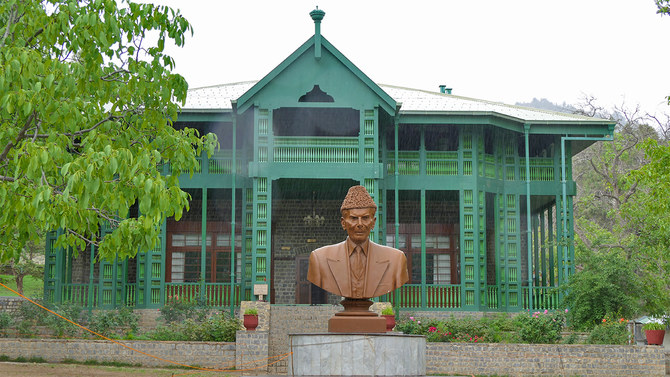
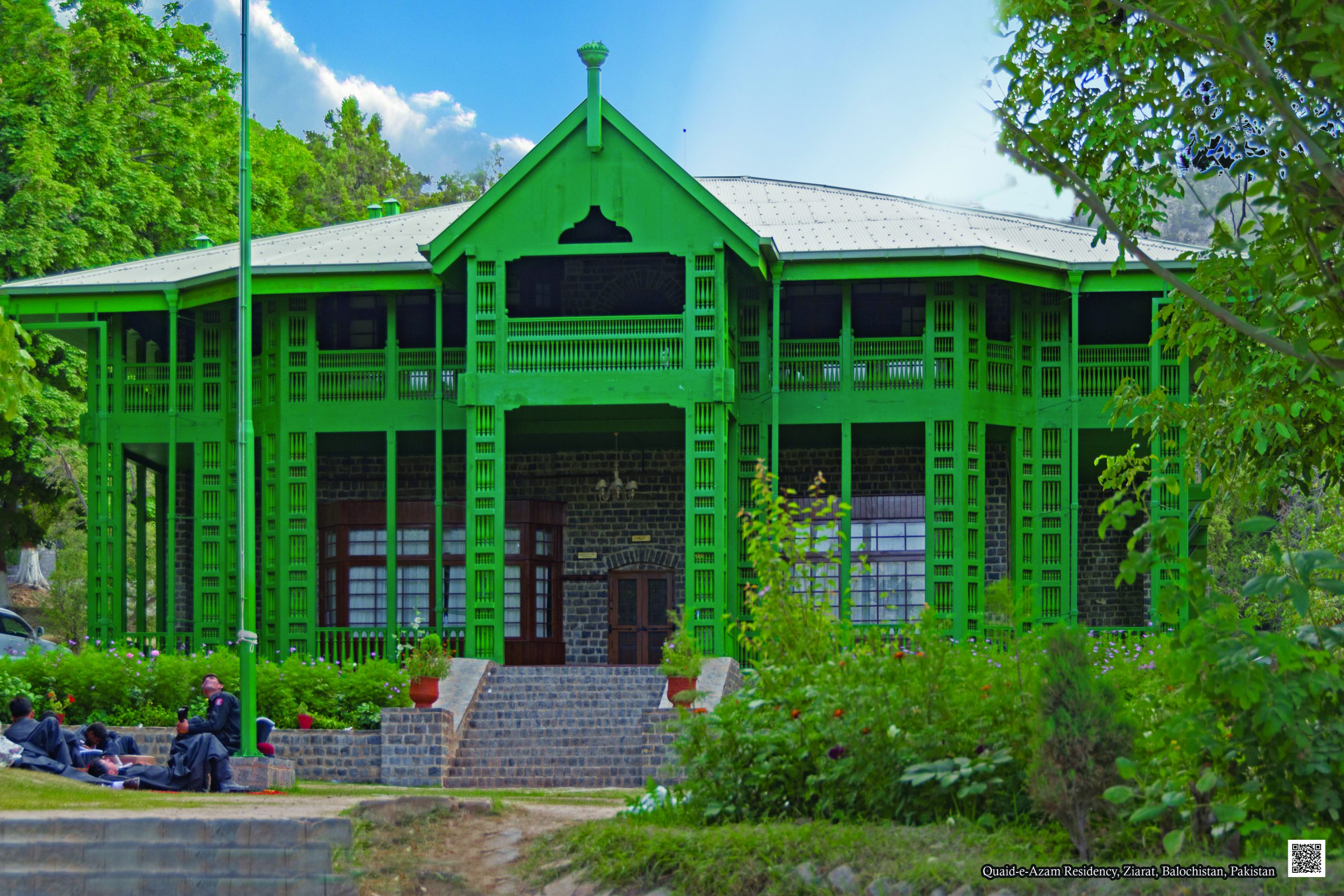
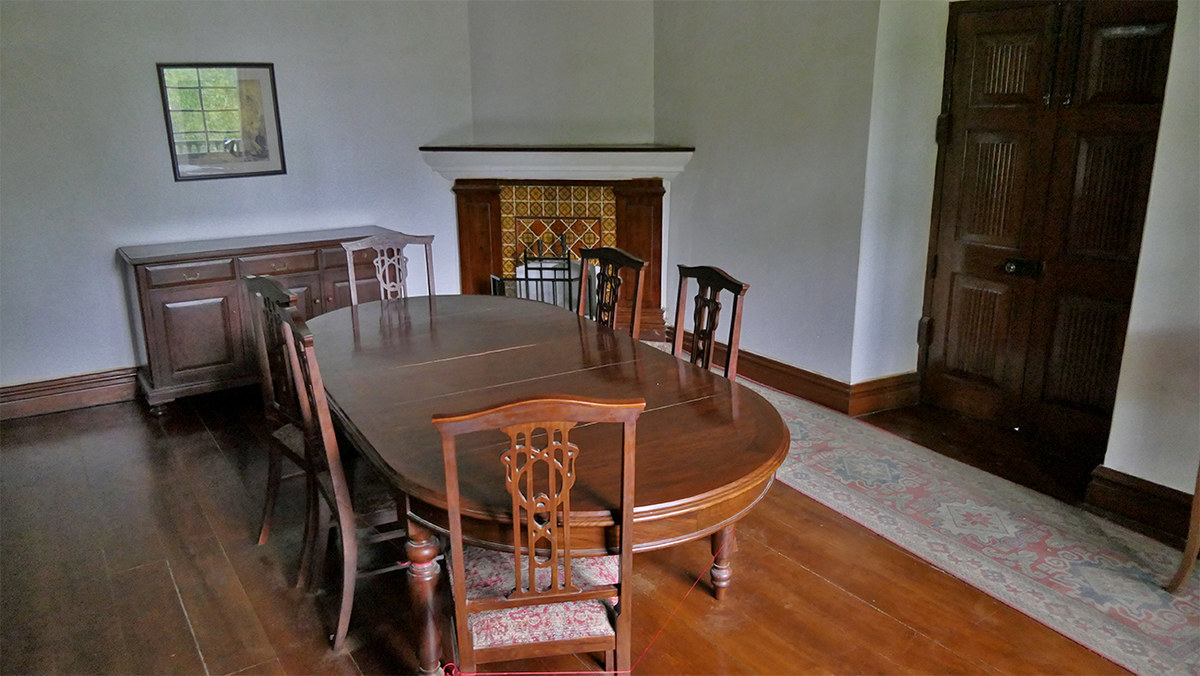
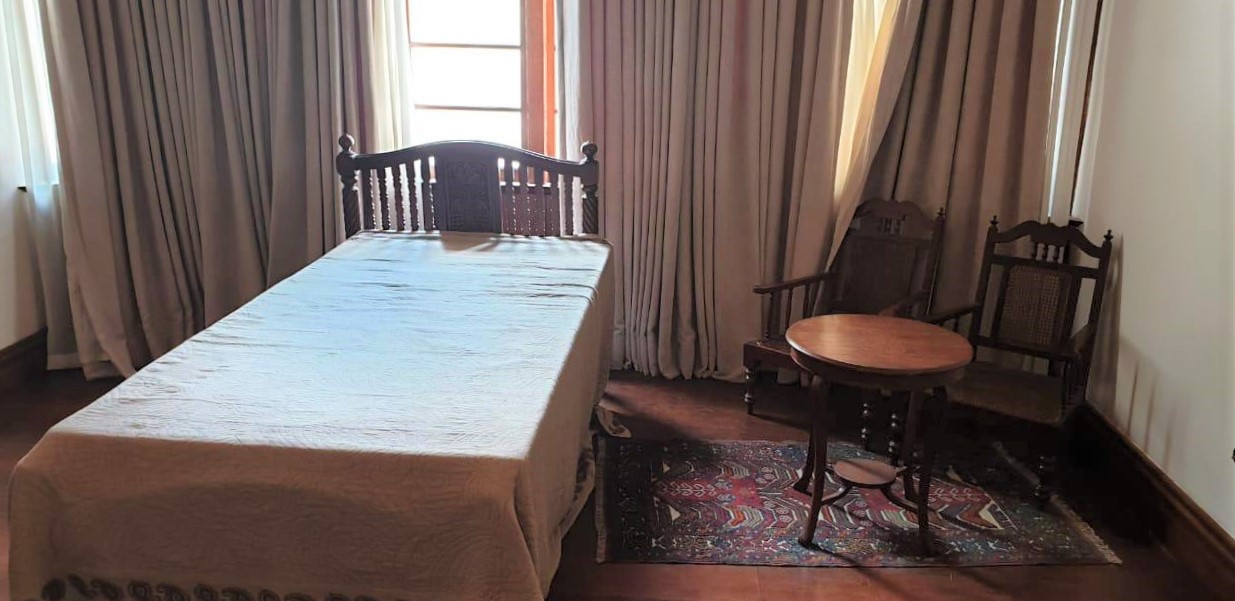
Quaid-e-Azam Residency
Location: Ziarat, Balochistan, Pakistan
A national monument commemorating the final days of Quaid-e-Azam, set in the scenic pine-covered hills of Ziarat.
Learn more